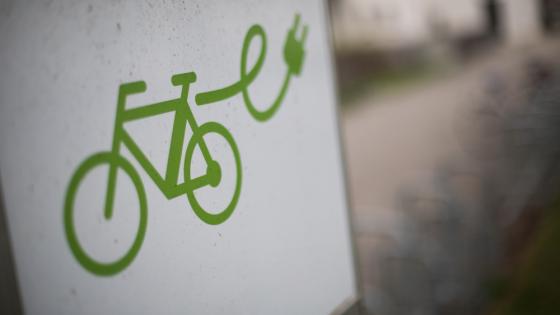DP2087 Transmission Rights and Market Power on Electric Power Networks. II: Physical Rights
We examine whether and how the allocation of physical rights to utilize congested transmission links affects the behavior of electricity generators and electricity consumers with market power in the electricity market. The paper extends the analysis of financial transmission rights contained in a companion paper to the physical rights case. The analysis recognizes that the ultimate allocation of transmission rights is endogenous, depending both on whether transmission rights can enhance market power and the microstructure of the rights market. Three alternative rights market microstructures are examined. The analysis initially focuses on a two-node network
where there are cheap supplies available in an exporting region, expensive supplies in an importing region, and a congested transmission link betveen the two regions. Several other market power configurations are examined in less detail. The allocation of physical rights can cause production inefficiency due to withholding of physical rights from the market, an effect that is not observed for financial rights. Extension to a three-node network to allow for loopflows does not change the basic results, but does reveal complications associated with the creation of and accounting for physical transmission rights when there is loop flow. Alternative ``capacity release'' rules are considered as a response to rights withholding problems. The paper concludes with a comparison of the welfare properties of financial and physical rights from a market power enhancement perspective.


